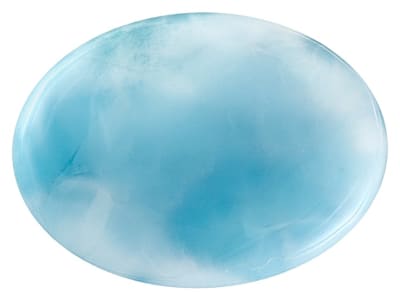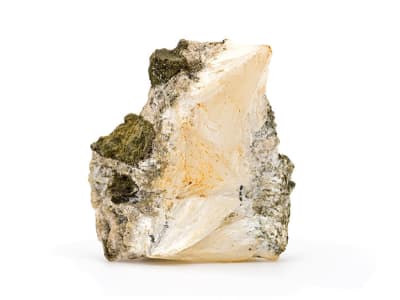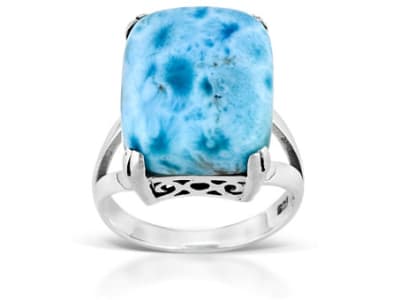Pectolite has crystals that are elongated and flattened, but it more often occurs as acicular sprays or radially fibrous masses. It may be white, pale tan, or pale blue to greenish. Pectolite occurs widely in Canada, England, and the United States.
General Information
Common Name
Pectolite
Species
Pectolite
Transparency
Semitransparent - Opaque
Refractive Index
1.599-1.628 Tolerance: (+0.017/-0.004)
Birefringence
0.029-0.038
Optic Character
Biaxial
Optic Sign
Positive
Polariscope Reaction
Aggregate (AGG), Doubly Refractive (DR)
Fluorescence
SWUV: Inert to strong greenish yellow to orange
LWUV: Inert to moderate greenish yellow to orange
LWUV: Inert to moderate greenish yellow to orange
Pleochroism
Unobservable
Hardness
4.5-5
Specific Gravity
2.740-2.900 Typical:2.810
Toughness
Varies
Luster
Vitreous, Silky
Fracture
Uneven, Splintery
Cleavage
Perfect, in two directions
Chemical Name
hydrous calcium sodium silicate
Chemical Formula
NaCa2Si3O8(OH)
Crystal System
Triclinic
Chemistry Classification
Silicate
Pectolite Colors
-
 Blue
Blue -
 Colorless
Colorless -
 Gray
Gray -
 Green
Green -
 Pink
Pink -
 White
White -
 Yellow
Yellow
Alternate Names
Larimar
Countries of Origin
Unknown; United States of America; Dominican Republic
Care
Pectolite is soft, so be mindful of scratching. Requires gentle handling


